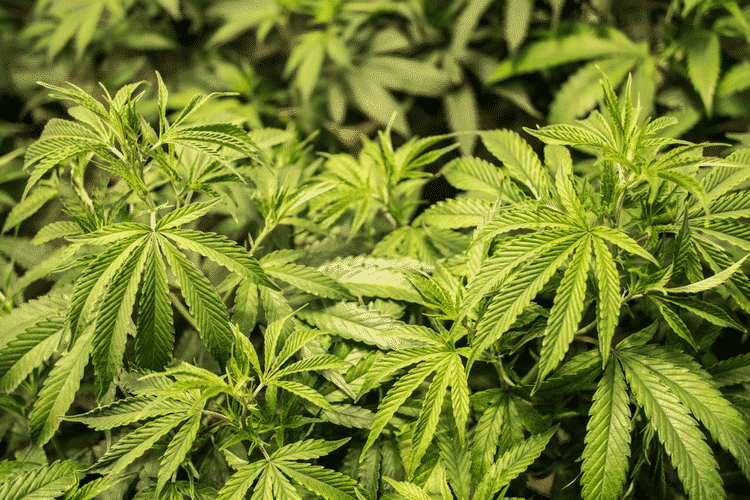Facts About Legal Weed We Did Not Know

It turns out smoking trees is more profitable than cutting them down. The first government report on employment in our state’s legal weed economy found that more than twice as many people work in the legal pot industry than work in the lumber industry.
The report, conducted by the Washington State Institute for Public Policy (WSIPP), found that more than 10,000 people were employed by legal weed businesses in 2016, and legal pot businesses paid almost $300 million in wages during the industry’s first two and a half years. In contrast, the state’s lumber industry only employed an average of 3,800 people during 2016, according to the state Employment Security Department’s estimates.
This study marks the first time the government has analyzed employment in Washington’s legal weed industry, and it provides the most precise public analysis to date of the industry’s employment figures. The study—part of a larger cost-benefit analysis the WSIPP is conducting on cannabis legalization—narrowly focuses on employment only by companies licensed to grow or sell pot. It does not include analysis of the businesses that support the licensed pot industry, like the attorneys advising businesses or packaging companies selling the jars that pot is sold in.
The detailed report provides a number of insights into the industry:
Planes and technology employ more people than pot. Legal pot employment numbers are small compared to some of Washington’s biggest industries.
Pot is a significant agricultural employer in our state. The average monthly employment for all seasonal and non-seasonal agriculture workers in 2015 was 96,000—so, for a single crop, pot’s 10,000-person workforce forms a notable segment of agricultural employment in our state.
Big bud businesses dominate the industry. One-third of licensed businesses employ more than 70 percent of the employees in the industry, and the largest companies—the 8.9 percent of companies with more than 19 employees—employed 30 percent of the employees.
The industry grew quickly in 2016. The report found that weed businesses added 10,414 employees between when the first licenses were given out in 2014 and the end of 2016, with much of that growth happening in 2016 alone.
Working in legal weed doesn’t pay well. The median wage paid by licensed pot businesses was $13.44 an hour, with an average wage of $16.45 an hour.
Not all cannabis licenses are being used. Only 47.5 percent of producer or processor licenses were actively employing people during the study’s time period, while more than 70 percent of retail licenses were actively employing people.
Seven counties employ the majority of pot workers in the state. King and Spokane Counties were home to the biggest group of pot workers in our state, employing 1,813 and 1,469 people, respectively.
The WSIPP plans on releasing its larger cost-benefit study on legalizing weed—which will also study legalization’s impact on public health, criminal justice, and the broader economy—this September. The economic benefits of employing people in legal weed businesses may pale in comparison to legalization’s larger economic benefits, especially in terms of costs from the criminal justice system. We’ll find out soon—stay tuned.
by Lester Black | The Stranger Magazine SEE FULL ARTICLE
